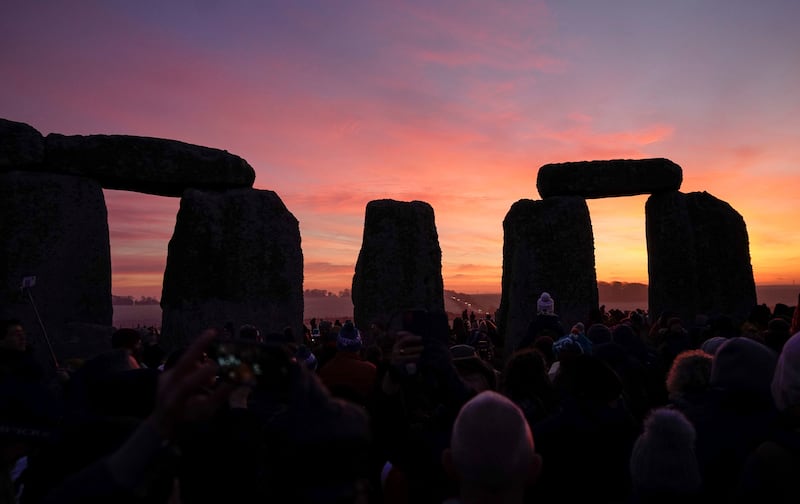Even though the solstice marks the first day of winter for the Northern Hemisphere, do not despair. It also means that there will be more hours of sunlight from here on out.
We’re basically on the home stretch to spring if you’re a warm weather person.
Dec. 21 or 22 of each calendar year is the shortest day of the year in the Northern Hemisphere, because it’s when the Earth has tilted the furthest away from the sun, per the Almanac. This means more darkness than usual, but — on the bright side — from this point on the days will start to get longer, with more hours of daylight.
Before modern Christmas tradition — or the birth of Jesus Christ — ancient Europeans would celebrate the winter solstice as putting “the worst of the winter behind them,” per History. It was a time for many different peoples throughout the ages to celebrate light.
An excerpt from Susan Cooper’s poem, “Shortest Day,” reads:
“They lighted candles in the winter trees;
They hung their homes with evergreen;
They burned beseeching fires all night long
To keep the year alive.”
Today, people celebrate the occasion by building lanterns to give light to the darkest day of the year, according to Mother, or by feasting, creating bonfires or celebrating nature to usher in the return of the light, as reported by the New York Post.
Whether you choose to celebrate or not, it’s always good to hear that more light is on the way.


